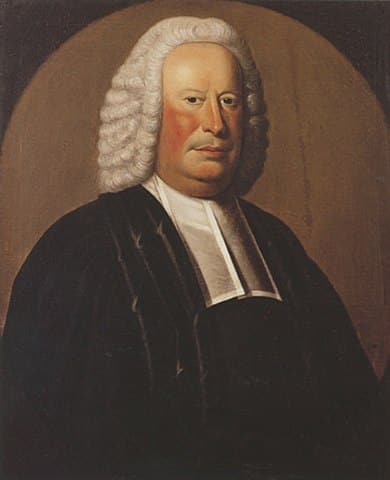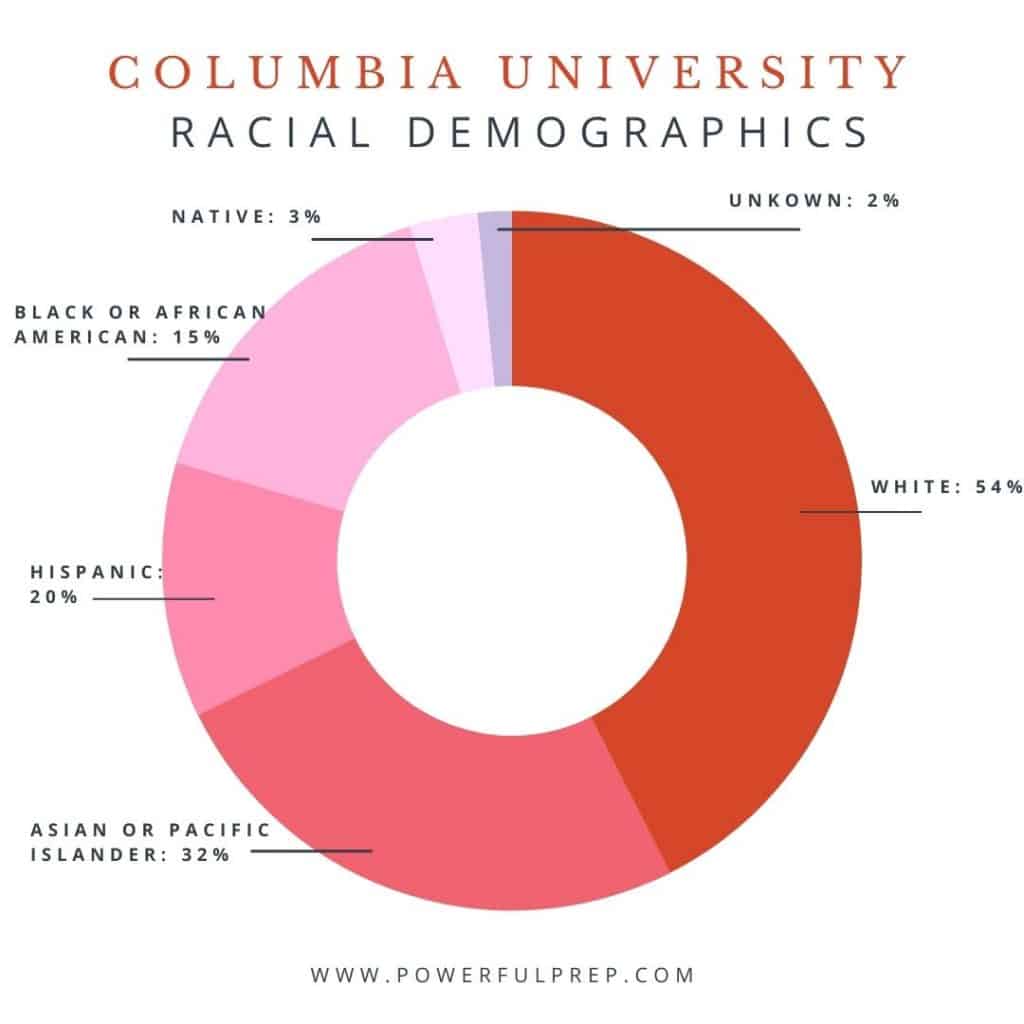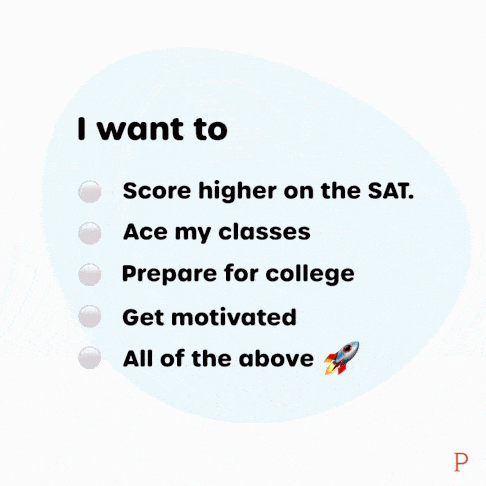How Easy is It to Get Itno Columbia University Regular Decision

How To Get Into Columbia – Your Guide To Ivy League Admissions
Home » Blog »
Columbia University was ranked the third-best college in the United States by US News in 2021 and consistently ranks in the top 20 by others. It is the oldest institution of higher learning in New York State and the fifth oldest in the United States. Apart from Harvard, it is also one of the only Ivy League schools located in a major city.
It is little wonder then that over 40,000 students apply to Columbia every year. Though matched with that is the Columbia University acceptance rate which is around 6%, making Columbia one of the hardest Ivy League Schools to get into.
Get To Know Columbia University
While many know Columbia for its Fu Foundation School of Engineering, one of their strongest departments for undergrads and graduate students, its Economic and Political Science departments are also consistently ranked as some of the best in the nation.
Columbia's unique combination of across-the-board strong academic departments and connection to the city of New York places it and its students in a unique position where they can take full advantage of the benefits of a top-20 university as well as the benefits of living in a metropolitan hub.
This article will cover Columbia's history as an institution, dive into all of the Columbia university admission requirements, and discuss what types of students they have accepted in the past. The you're about to read will your or your student craft the best application they can.
Columbia University History & Identity
Columbia University was founded by a royal charter of King George II of England in 1754. At that time and for the first thirty years of its history, it was called King's College. In July of 1754, Samuel Johnson held Columbia's first class with eight students at a new schoolhouse which adjoined Trinity Church near what is now lower Broadway in Manhattan.

In 1776, the college was forced to close its doors with the onset of the American Revolution and the British occupation of New York.
This closure continued through and shortly past the war for eight years until 1784 when the college reopened under the new name "Columbia".
While Columbia College was the clear successor to King's College, the two had some key differences.
Columbia College was more thoroughly influenced by the Revolution and strove for greater economic, denominational, and geographic diversity amongst its students and leaders.
Furthermore, the cloistered campus life of King's College gave way to the day students of Columbia College who frequently commuted to the college from their homes or lodgings in the city.
Over the subsequent years, Columbia became a bigger and more unified university.
Additional Schools Founded at Columbia University
The Columbia school of Law was founded in 1858, followed by the country's first mining school in 1864 (a precursor of today's Fu Foundation School of Engineering and Applied Science).
Later, Seth Low, after becoming Columbia's president in 1890, set about uniting Columbia's fractured and competing schools under a central administration that stressed cooperation and shared resources. Also, under his influence, Columbia developed graduate facilities in political science, philosophy, and pure science, establishing Columbia as one of the nation's earliest centers for graduate education.
Low also oversaw Columbia's move to its current Morningside Heights campus. In 1919, John Erskine taught a seminar that established the study of original masterworks as the foundation of undergraduate education and taught another course which originated the College's influential Core Curriculum.
By the late 1930s, Columbia had emerged one of the nation's preeminent centers for educational innovation and scholarly achievement.
Get SAT prep off your to-do list: Discover How Top Students Like You Get Killer SAT Scores ➡
The 1968 Student Uprising at Columbia University
However, in the 1960s, Columbia faced its most significant crisis: opposition to the Vietnam War, the growing civil rights movement, and the ongoing decline of America's inner cities converged at Columbia and thrust the university into the national spotlight.
More than 1000 protesting students occupied five buildings in the last week of April 1968, effectively shutting down the university, until they were forcibly removed by police. This and other events directly led to the cancellation of what activists described as a segregated gym in Morningside Park; the cessation of Columbia's affiliation with the Institute for Defense Analyses and their joint classified, on-campus, research projects; and a downturn in the University's finances and morale, as applications, endowments, and grants significantly declined over the following years.
These events also led to the creation of the University Senate, which granted faculty, students, and alumni a larger voice in University affairs. However, many believe it still took the University over two decades to fully recover.
The Revival of Columbia University
Columbia's spirit and energy have revived in recent decades. Starting in the 1980s, new facilities were built, and old ones were renovated. With the development of the Audubon Biotechnology and Research Park, Columbia secured its place at the forefront of medical research.
Now, the university is led by its new president, Lee C. Bollinger, and recently celebrated its 250th anniversary. Through its renowned Core Curriculum and the advanced work of its graduate and professional programs, Columbia sets one of the highest standards for the creation and dissemination of knowledge in the United States and around the world.
Columbia University Alumni
Some of Columbia's notable alumni include Allen Ginsberg, Amelia Earhart, B. R. Ambedkar, Barack Obama, Franklin D. Roosevelt, Isaac Asimov, J. D. Salinger, Jake Gyllenhaal, Joseph Gordon-Levitt, Lou Gehrig, and Warren Buffett.

Trivia & Fun Facts

1. Columbia's campus has changed three times over the course of its history. Its first campus was at Park Place, near the present site of New York City's city hall. In 1857, Columbia moved to Forty-ninth Street and Madison Avenue, where it stood for the next forty years. Finally, in 1897, Columbia moved to its present-day location in Morningside Heights.

2. Columbia takes a lot of pride in this campus. It was built by architect Charles Follen McKim of McKim, Mead & White, a renowned turn-of-the-century architectural firm, and remains the single largest collection of McKim, Mead & White buildings in the world.

3. In 1925, Columbia scientists assisted in research for the Manhattan Project at the university's Pupin Hall and Schermerhorn Hall. In 1966, Pupin Hall was named as a national historic landmark in commemoration of the Columbia team's contributions to atomic research.

4. Columbia has also produced or been affiliated with four United States Presidents, including Theodore Roosevelt, Franklin D. Roosevelt, Dwight D. Eisenhower, and Barack Obama. Theodore Roosevelt and Franklin D. Roosevelt attended Columbia Law School; Barack Obama earned his BA from Columbia, and Dwight D. Eisenhower served as Columbia's 13th president.
Ace the SAT: It only takes 10 minutes a day with Power Play. Get Your 200+ Score Increase Now ➡
What Kind of Student is Columbia Looking For?
While there is no magic formula of qualities that Columbia is looking for in an ideal student, broadly speaking, Columbia is looking for students who are intellectually curious, fun, open-minded, respectful towards differing viewpoints, enthusiastic towards diversity and diverse viewpoints, dedicated to the community and community service, and understand and can fit into Columbia's culture.
Columbia hopes for their graduates to go on to become top-level leaders in their future career or industry, and they choose students who they believe can go on to do just that.
Academically speaking, Columbia looks for exceptional students with high grades and test scores, highly motivated individuals motivated towards a specific career, and the character and work ethic to bring future goals to fruition. The latter two points are especially important for Columbia, as very few students who are admitted do not have an intended field of study.

Other qualities Columbia looks for in their students include:
- an ability to show leadership
- play an active role in their community
- sociability
- time management skills
- and hands-on life experience
They look for students who can demonstrate these qualities in their extracurriculars and community service. If a student's extracurriculars also tie into his or her future career interests, then that is even better.
Finally, Columbia is looking for students who are interested in the Core Curriculum. Columbia as an institution takes a lot of pride in its Core Curriculum, calling it the heart of its academics. So, Columbia will look favorably on students who want to take advantage of the Core and who are interested in being well-rounded intellectually even as they specialize in their intended future field.
Is Columbia The Right Fit For Me?

A student will be a good fit for Columbia is he or she can thrive with academic rigor, are looking for a city environment, and will take advantage of the resources specifically available at Columbia.
Intense academics should not come as a surprise to anyone who wants to apply to any Ivy League school, let alone Columbia. The Core Curriculum guarantees that at least some classes will be smaller in size, more discussion-based, and will offer students a chance to develop a close relationship with faculty members early into their college careers.
With Columbia being situated within New York City, students will never be at a loss for activities and opportunities, on or off-campus. However, some students may find city life and the plethora of available activities distracting. Therefore, it is especially crucial for Columbia students to have good time management skills.
Columbia Applicant Demographics
The following information is pulled from Columbia's admitted class of 2024, unless otherwise stated.
Columbia University Acceptance Rate
The Columbia University acceptance rate is 6.1% overall, with a regular decision acceptance rate of 5.1% and an early decision acceptance rate of 15.1%.

Those admitted to Columbia University through early decision made up 46.8% of the incoming class.
Of the class of 2024, 51% are male and 49% are female. Seventeen percent of the class are the first generation in their family to attend college.
Columbia does not currently publicize an exact percentage of the incoming class made of legacy students. However, the data which can be found suggests that legacy students made up 5% of the Class of 2023, and the percentage of legacy students making up any given class is somewhere between 5% and 7% (according to data from the class of 2019 and before).
The majority of Columbia's incoming class if white, with the next largest proportion of the class being Asian/Pacific Islander, then Hispanic, then Black/African American.

International students make up 12% of Columbia University's incoming class. (READ NEXT: How To Get Into The Ivy League as an International Student)
Most of those students come from China, Brazil, the United Kingdom, Turkey, South Korea, Thailand, Hong Kong, Singapore, and India.
The list below shows the makeup of the rest of the domestic incoming class. Most students come from the East Coast, as is typical of most Ivy League schools, but a good portion of students also come from states which are not a part of that group.
The top represented states in the incoming class are:
- New York
- Massachusetts
- California
- Illinois
- New Jersey
- Pennsylvania
- Texas
- Virginia
- Florida
- Maryland

Most students declare an area of academic interest when applying to Columbia, and most are interested a program in Mathematics and Natural Science. A nearly equal proportion of students express an interest in the Social Sciences, Engineering, and the Humanities.

In comparison, the largest number of degrees conferred by Columbia are in:
- Political Science
- Computer Science
- Neuroscience and Biology
- Economics
- History
These make up about 40% of the total degrees awarded.
Requirements For Columbia University Admissions
How To Apply To Columbia University
Columbia accepts applications through the Coalition Application, the Common Application, or the QuestBridge Application.
This application should include:
- a secondary school report (which includes an official high school transcript)
- a high school counselor's recommendation
- a school profile
- and a mid-year report
Columbia University GPA Requirements
As you would guess, the Columbia University GPA requirements are high.
The average GPA of students accepted to Columbia is 4.12.
That is nearly straight A's in all of a student's classes along with a large proportion of those classes being advanced courses such as AP or IB classes.
ACT & SAT Scores for Columbia University Admissions
The middle 50% of students admitted to the Columbia University class of 2024 scored between 1500 and 1560 on the SAT, or between 34 and 35 on the ACT.
These ACT and SAT scores range from incredibly high and competitive to nearly perfect.
However, students whose GPA is exactly at or below the average of 4.12 will need a higher SAT or ACT score to compensate.
It should also be noted that most students who submitted an SAT scored higher in Mathematics than in Reading and Writing.
High School Course Recommendations from Columbia University
In terms of what types of classes to take, Columbia recommends:
- four years of English literature and composition
- three to four years of mathematics (pre-calculus is strongly recommended)
- three to four years of history and social studies
- three to four years of one foreign language (either ancient or modern)
- and three to four years of laboratory science
However, some students may also wish finish more courses in their particular area of study in exchange for fewer courses in another.

For example, The School of Engineering and Applied Science strongly recommends:
- four years of math (including calculus)
- one year of physics (preferably in the last two years of secondary school)
- one year of chemistry
- four years of English
- two to three years of a foreign language
- and three to four years of history and social studies
Students should contact a representative from the specific Columbia program they are interested in to see what types of coursework are recommended for that program.
How to Get an Edge When Applying To Columbia University
As we dive further and further into how to get into Columbia, you're probably noticing a theme: it's pretty difficult to get accepted, without meeting all the Columbia University requirements like a superior GPA and excellent SAT and ACT test scores.
Difficult, but not impossible! Despite the Columbia acceptance rate being a minuscule 6.1%, there are a few things you can do as a high school student to strengthen your chances at Columbia.
Participate in Enrichment Programs
Columbia offers a few enrichment programs for exceptional high school students, and there is some evidence that participating in one may give students an edge during on their college application.
Students who wish to display an interest in Columbia, forge connections with Columbia's staff and community, and demonstrate their academic excellence should apply to these programs.
Students who live near the university should look into the Academic Year Immersion Program and the College Edge Program.
Some programs also cater to specific interests, such as the Columbia Climate School in The Green Mountains program and the Columbia Scholastic Press Association.
For students who do not live near New York, there are also summer and online programs.
However, there is no guarantee that a certain student will be able to participate in one of these programs, as the process of applying to one is competitive. Students who are unable to participate in one of these programs (because of rejection or because of monetary or time constraints) should look into the enrichment programs offered by their local universities.
Similarly, students can look into academic competitions, especially those in their area of interest. Placing highly in such a competition at a national level can similarly help students stand out in the application process.
Columbia Early Decision Acceptance Rate (Why & When To Apply Early Decision)
Columbia's early decision acceptance rate is nearly three times as high as the regular acceptance rate, and a little less than half of each class is accepted through early decision.
That said, Columbia's early decision admissions are binding, so students should only consider applying early to Columbia if:
- Columbia is their top choice
- they can commit to attending Columbia regardless of what financial aid package is offered to them
- and they have strong grades and test scores by the end of their junior year
Write Excellent Personal Essays and Supplements.
Students need to give themselves enough time to fully consider each prompt and write out multiple drafts of each essay.
For every essay, students should consider what they are conveying about their future goals, personality, and interests. However, we will also go over some tips and notes for specific supplemental questions.
1. Reading and Cultural Experience Supplemental Essay
One of the essays will ask students to list the books that they enjoyed which they were required to read for school and read for pleasure, as well as any publications they regularly read and any films, concerts, shows, exhibits, lectures, and other entertainments they enjoyed in the past year.
Reading a large volume and wide variety of material throughout is the best method for creating an interesting list of books and media that is unique to the student crafting it.
If a student is not fond of reading, then he or she should try to plan ahead so he or she can read enough material throughout their junior year to create a list that shows off their interests and personality.
However, students should not think that they need to only read or list academically minded materials. A healthy dose of novels, fiction, and even magazines, such as Cosmopolitan, can help a student's essay by making it more well-rounded and preventing it from seeming one-note.
The key is demonstrating a variety of interests.
2. "What You Value Most About Columbia"
Remember how much Columbia values their Core Curriculum. Students should consider what they value about the Core when crafting their response.

Students should also write about what they can contribute to Columbia's community, not just what they are hoping to get out of their experience there.
Finally, remember that New York culture is not necessarily Columbia's culture. Students should focus on Columbia and limit their discussions of New York to how they will use the city's resources to better their college experience.
3. "What Attracts You to Your Field of Study"
This question asks students to relate a past or current experience to why they are passionate about their field/fields of study.
This particular essay will be far more personal to the student, so not all pieces of advice here will work for every student's essay. However, it is generally a good idea for students to show that they are curious and passionate.
Though they need not mention it specifically in the essay, students should research about what the departments and programs at Columbia offer within their field of interest.
Above all, the most important thing is that admissions offers have zero doubts in a student's dedication to his or her field.
Get Started on Applications Early
Tied into everything above is having enough time to submit the best application possible. This is especially important for the letters of recommendation that are considered to be one of the Columbia University requirements.
Students should try to develop a good relationship with their school counselor and with certain teachers (those who teach in the subject a student wants to go into in the future and/or in classes where the student has performed exceptionally well).
Students should try to give their counselors and teachers as much time as possible to write excellent letters of recommendation.
Get an elite SAT/ACT test score in 10-minutes per day.
Power Play is a 10-minute microlearning system that helps students like you increase knowledge retention, reduce learner anxiety, and ace the SAT and ACT tests.
Guaranteed improvement in just 8 weeks.
Source: https://www.powerfulprep.com/how-to-get-into-columbia/





0 Response to "How Easy is It to Get Itno Columbia University Regular Decision"
Post a Comment